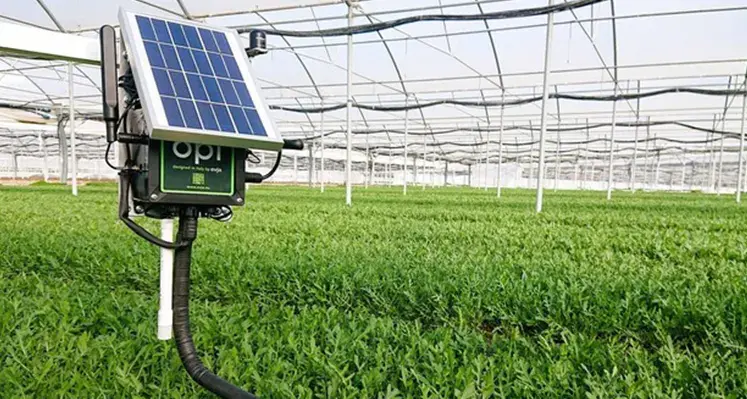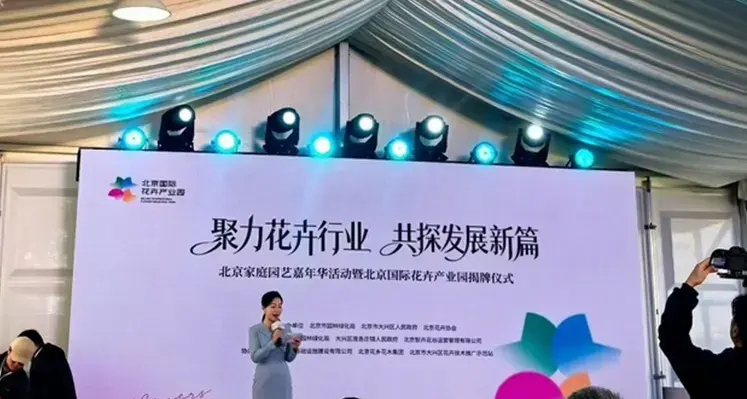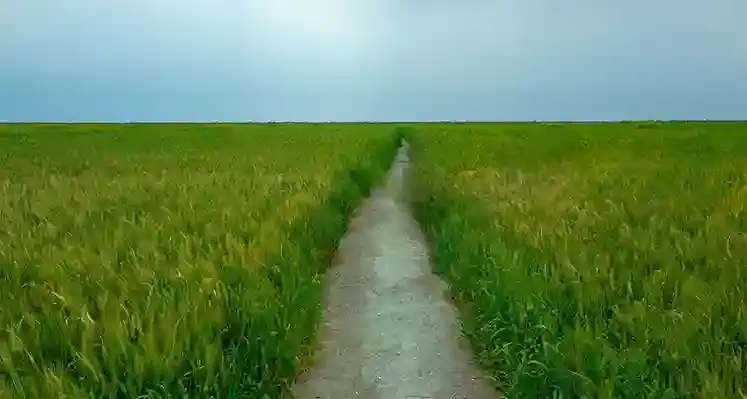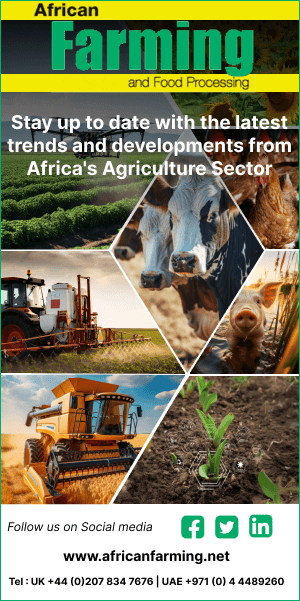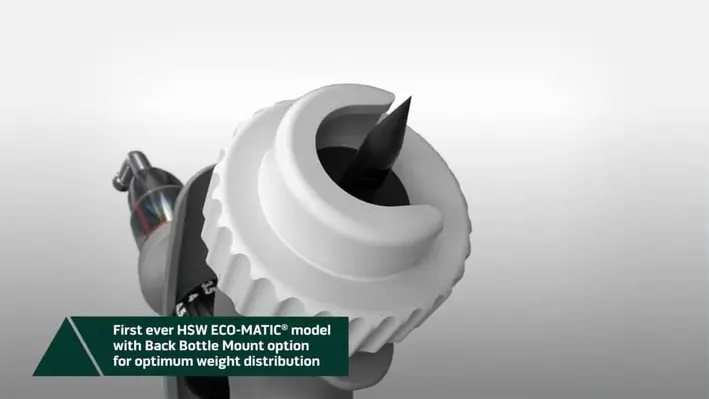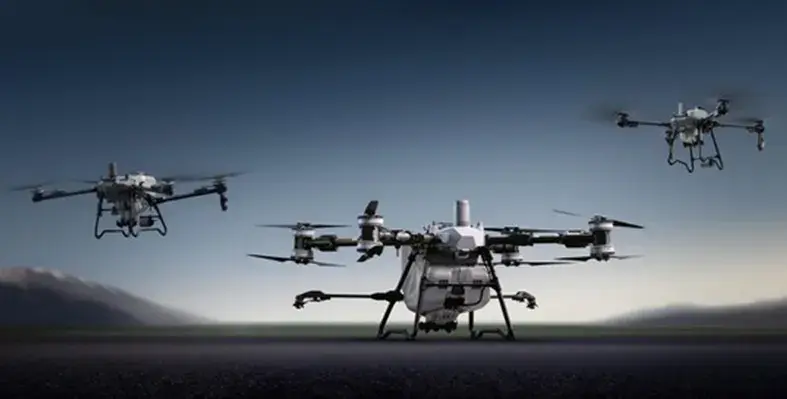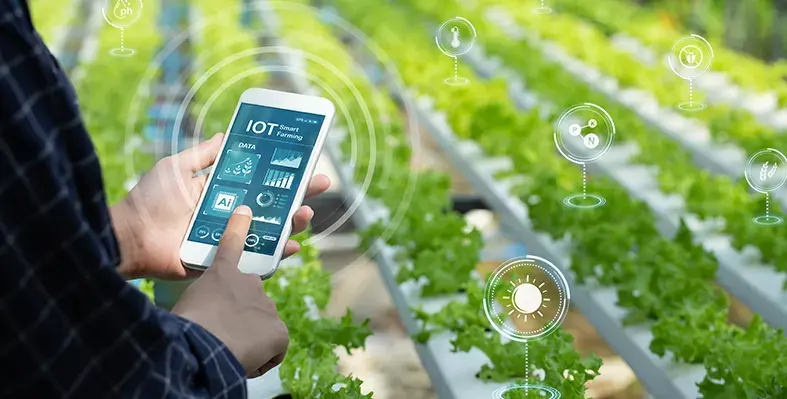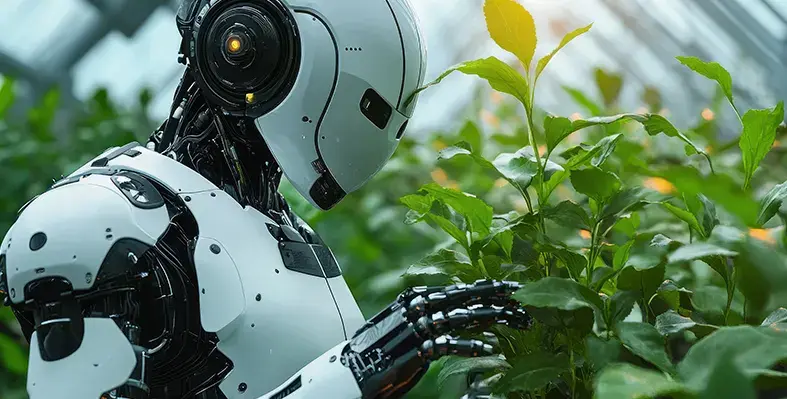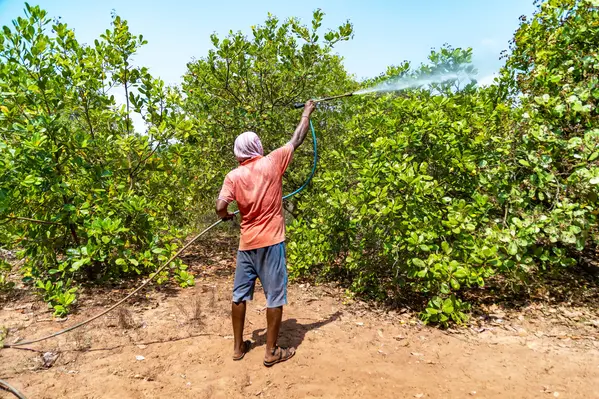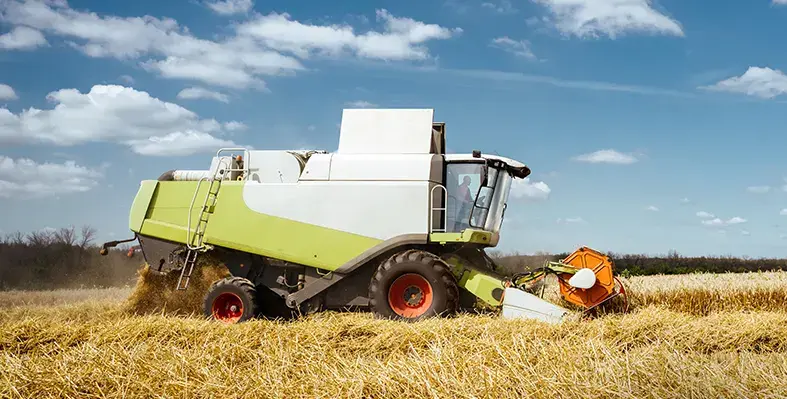Gridtractor, Monarch Tractor, and Borg Warner have achieved a significant milestone by successfully demonstrating Vehicle-to-Grid (V2G) capabilities utilising a Monarch MK-V tractor, a Borg Warner 60 kW DC fast charger, and Gridtractor’s cloud-based charge management system employing the Open Charge Point Protocol (OCPP)
This collaborative effort, supported by a US$3mn grant from the California Energy Commission (CEC) aimed at advancing "Vehicle to Building" technology, showcased the pioneering deployment of V2G capabilities from the Monarch MK-V tractor, which operates entirely on electricity, at PG&E’s Applied Technology Services (ATS) center in San Ramon, California.
The demonstration represents the culmination of extensive technology development, particularly in achieving high-power export capabilities from the Monarch MK-V tractor and integrating it seamlessly with Gridtractor’s open-standards charge management system and Borg Warner’s 60 kW DC Fast Charger. The MK-V tractor, designed as a versatile 3-in-1 electrification tool, functions not only as a tractor and utility vehicle but also as a potent electric generator, enabling the demonstration of high-capacity energy exports.
Once this integrated system becomes commercially available, owners of the MK-V tractor will have the opportunity to optimise charging costs and generate revenue by participating in various dynamic rate and demand response programs, complementing the already significant fuel savings achieved through electric vehicle (EV) operations. Gridtractor’s energy market integrations and load scheduling applications will play a crucial role in facilitating these opportunities.
Moreover, the system will support "automated load management," allowing for the efficient coordination of charging and discharging activities with other on-site loads. This capability will be particularly beneficial for facilities such as irrigation pump sites and wineries, where maximising the utilisation of existing electrical services without exceeding capacity is essential. With its flexible, scalable Internet of Things (IoT) architecture and seamless market integrations, Gridtractor’s platform, built on native OCPP principles, promises to connect any energy market or program with any Vehicle Grid Integration (VGI) application.
The attractiveness of electrifying MK-V tractor fleets will be further enhanced by a range of incentives and grants, combined with anticipated bill savings resulting from recently approved dynamic rate programs. Agricultural customers stand to benefit significantly from these initiatives, not only improving the return on investment (ROI) of their fleet electrification efforts but also contributing to the overall reliability of the grid in their respective communities.





